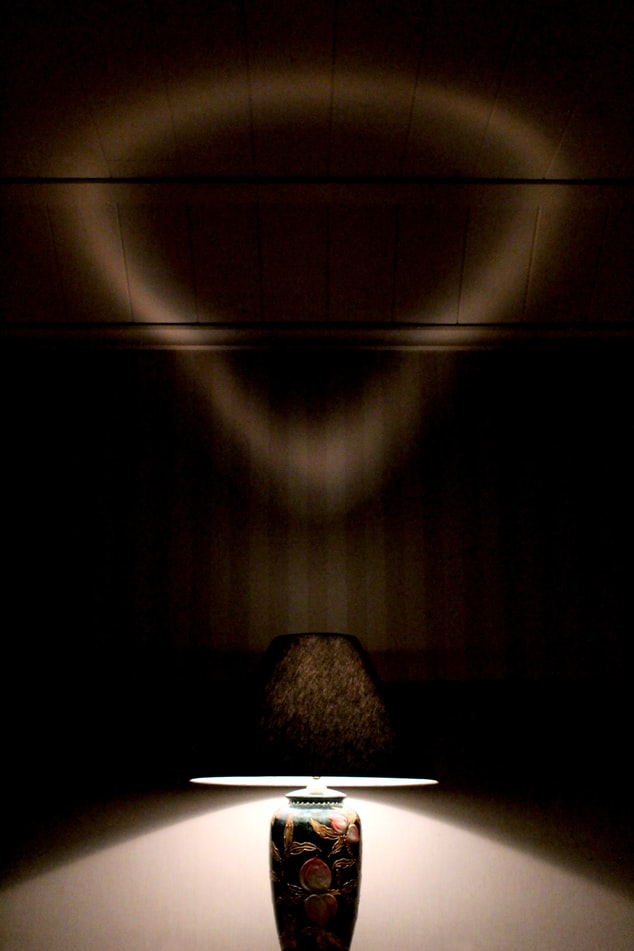
A new home or office space inspires new decorating ideas! It’s a rollercoaster trip that no one complains about. From furniture selection to home painting. It’s easy to get caught up in the rush, and we often miss the most important component that makes our environment feel comfortable. Any guesses on what it is? Optimal Lighting.
In our frenzy, we overrule the effects of lighting on health, and to be blunt, it becomes a mistake – a mistake that reminds us of how big it is every waking moment (considering how difficult it is to redecorate/renovate & re-stabilize the declining health conditions – thanks of improper lighting). Let’s into what makes LED lighting a healthy choice.
Why Healthy Lighting

Healthy light bulbs can help you relax, enhance your mood, sleep better, and regulate your circadian rhythm. According to the research on Dementia and lighting; you need exposure to mood-enhancing light, especially in the morning, to stabilize circadian rhythm sleep disturbance, memory, and other health difficulties. The circadian rhythm disturbance affects the human biological cycle.
We’re all aware of the importance of good LED lighting in today’s homes. Energy-efficient light bulbs are the saviors of home decor, highlighting display artwork and objects while keeping electricity expenses low. For expert installation and advice, consider hiring an electrician in Hornsby. None of us, however, can overlook the ability to see clearly without straining our eyes.
To increase home wellness, the general guideline of lighting for health and wellbeing is to provide layers of light, which includes overhead lamps, floor lights, and table lamps. With the rise of the ‘let the art speak’ movement, you need to purchase healthy custom neon lights, for uses such as LED wall lights, to effectively deliver a fashion statement.
By gently washing light up and down the walls, they emphasize pictures and create a mood.
If dimming light options are not available, it may have an impact on eyesight.
Health Benefits
1. Mood Enhancing

Good lighting in your home can improve your mood. In your living room, you may want to create a sense of tranquility and comfort, while in your bedrooms, you may want to create a more relaxed ambiance. Lighting boosts health and ensures well being regardless of the size of the area. You might even go for a funk theme for your house party (when those resume).
2. Boosts Productivity

In addition to creating a calming environment, having circadian rhythm lighting in your home can boost productivity. To boost home wellbeing, install illumination — both healthy low and bright lights — in specific areas of your home, such as the kitchen, home office, workshop, and study space. This, too, should be based on the environment you’re attempting to create.
3. Tackle Sleeping Disorders

It is evident that there are sleep disorders that can be tackled through proper lighting. The circadian rhythm in particular can be sorted out through this means. However, you should choose the correct lighting specification order to achieve the same. The illusion of space is aided by lighting. Insufficient illumination can make a small place feel claustrophobic (combined with indecorous furniture).
Isn’t it wonderful to have a well-lit room with natural light and good LED lighting to increase sleep quality, especially with all the talk about sleep disorders and sadness these days? Even if your room is modest, well-lit will make a significant difference.
Installation Ideas to Achieve Healthy Results
1. Kitchen lighting

This is one of the only rooms where ceiling LED lighting is used. Ceiling lights are primarily intended to assist you in your work
You simply don’t need them in a series on the wall. Instead of seeming symmetrical, they can illuminate areas that require circadian rhythm lighting. Purchase lights with the lamp recessed back into the ceiling to reduce the harsh light produced by the bulb. Place them over the counter to eliminate glare and allow you to see what you’re doing.
2. A Living Room

If there are no LED ceiling lights in this location, the ambience would be ruined. Alternately, make sure you have a variety of lights on various circuits so you can easily adjust how the room looks.
This way, if it’s a dark day and you want to see who you’re talking to, you can turn on the pendant. However, if it’s a movie night, keep to the wall and LED table lights. It is essential that the area where you knit or sew is well-lit. Other activities allow you to keep the LED light low.
Near the couch, place a table LED lamp or a floor lamp (whatever helps your eyes feel less strained). You’re ready to go whether you’re reading or writing a book! Oh, and for this particular room arrangement, angled lamps are fantastic for moving light according to your sitting posture. They give out a dark color that aids concentration. Meanwhile, a warm wall light spreads over the room.
Mistakes to Avoid
- To begin, avoid using little lights in vast rooms because they produce gloom and do not provide adequate lighting.
- Ignoring the importance of proper lighting
- Using primarily artificial light instead of natural light
- Using low-light environments
The Bottom Line
There’s no excuse to keep living in poor or low-light environments; it can even harm your mental health. Use longer-lasting bulbs, such as LED lights, which are less expensive. LED energy-efficient bulbs are not only more efficient, but they are also more environmentally friendly! Look for LED bulbs, strip lights, and even custom neons that can help achieve the mood you’re trying to achieve. A better mood enhances your health chances. Cheers!









Trackbacks/Pingbacks